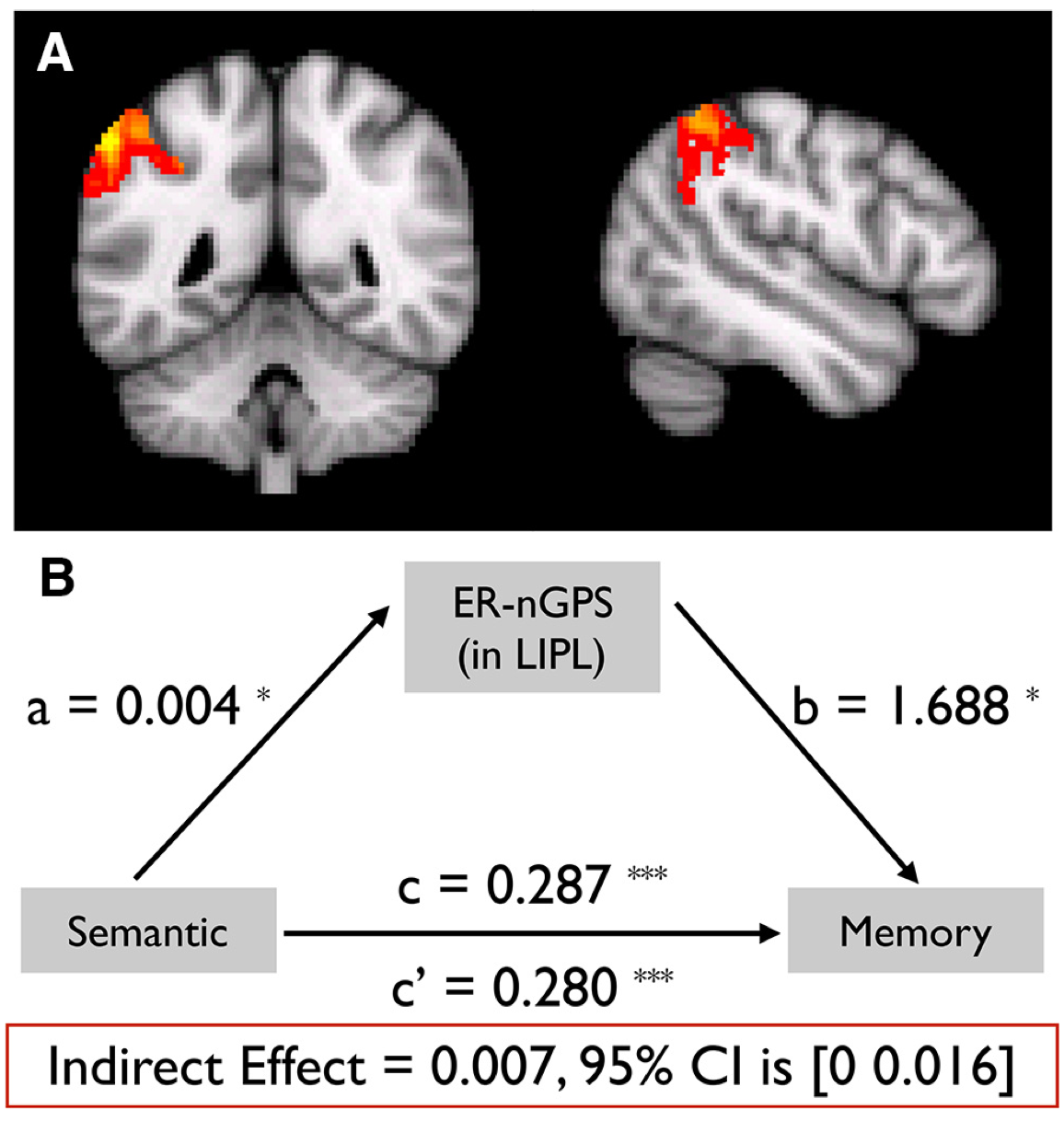In June 2016, Professor Xue’s group published a research report entitled “Neural Global Pattern Similarity Underlies True and False Memories.” in the Journal of Neuroscience. This research, led by our master student Zhifang Ye, associate professor Bi Zhu and other group members, investigated the role of global pattern similarity in true and false memories.
A fundamental question of human recognition memory concerns the cognitive and neural representations and processes that give rise to the memory strength signals, which lead to our conscious feelings of familiarity and guide a variety of memory decisions. Yet, what neural processes give rise to memory strength signals, and lead to our conscious feelings of familiarity is still largely unknown. Formal computational models of memory have posited that the memory strength of a given item derives from the match (measured as similarity) between its representation and those of all the other studied items and this model also provide an algorithmic explanation for why recognition memory is affected by the similarity of other studied items and why false memory occurs. However, the neural implementation of the global matching mechanism is barely understood.
Inspired by formal computational models that posit a central role of global matching in memory strength, we tested a novel hypothesis that the strengths of both true and false memories arise from the global similarity of an item’s neural activation pattern during retrieval to that of all the studied items during encoding (i.e., the encoding-retrieval neural global pattern similarity [ER-nGPS]). Using fMRI, we found multiple ER-nGPS signals that carried distinct information and contributed differentially to true and false memories: Whereas the ER-nGPS in the parietal regions reflected semantic similarity and was scaled with the recognition strengths of both true and false memories, ER-nGPS in the visual cortex contributed solely to true memory. Moreover, ER-nGPS differences between the parietal and visual cortices were correlated with frontal monitoring processes.
By combining computational and neuroimaging approaches, our results advance a mechanistic understanding of memory strength in recognition. The findings reveal multiple neural mechanisms underlying the memory strengths of events registered in the brain.
This work was supported by the National Natural Science Foundation of China 31130025, 973 Program 2014CB846102, 111 Project B07008, and NSFC Project 31571132 and 31521063.


